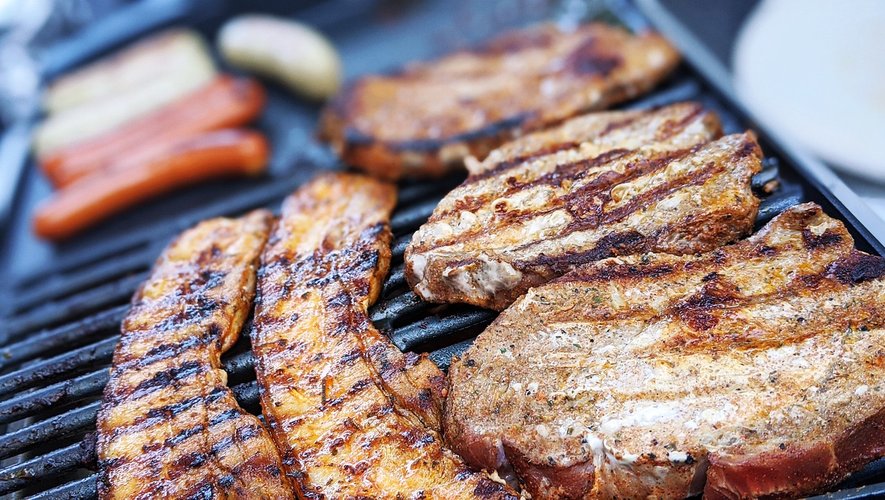It’s hard to find your way around the profusion of barbecues available on the market today. And then, how to succeed in grilling? Follow the advice of an expert, Romain Gibert, French barbecue champion.
As an expert, Romain Gibert has “plenty of barbecues”. And he is aware of the difficulty for a beginner to find his way among the hundred models that we find today on the market. First rule, “you need a lid, which keeps in the humidity and prevents the flames from attacking the product”. Then, depending on your needs, you will go to a charcoal, gas or electric barbecue. “Even if with gas you lose the taste of wood and the equipment is expensive, it remains very practical. As for the electric, it allows you to cook on your balcony and has the advantage of being easily transportable”, explains the grillmaster. Then, you have to ask yourself what use you will make of it, if you want to treat dozens of people or just a few guests, all year round in an outdoor kitchen or for three weeks in the summer in your garden.
Of all shapes, at all prices
Finally, we will examine the durability of the device. “The first prizes, at fifty euros, are to be avoided, because they are made of sheet metal which will deform quickly.” In contrast, Japanese ceramic barbecues from the brand Kamado can cost up to 2000 euros, “but they last a lifetime and are magnificent. With their egg shape, they are decorative objects in their own right. They are the ones I like the most”. Romain Gibert also has a barbecue Weber, essential number one in sales, accessible from a hundred euros in its compact version. But competition is fierce in the sector and new products are constantly arriving on the market. Like pellet barbecues, these wood pellets that are used in stoves. The specialist recommends opting for a Montvel, “100% French manufacturing and professional quality”.
Favor “indirect” cooking
Once equipped, how to successfully grill? The quality of the coal is essential: “For diffuse heat, it is better to favor large pieces, the small ones burning up too quickly and producing excessive heat”. Romain Gibert then advises to practice “indirect” cooking. “Rather than having a uniform bed of embers, the charcoal is lit from one side only. It will then burn like a serpentine, from one place to another. This will slowly heat the product and give it a good taste of wood without attacking it.” After use, the equipment must be cleaned “with a brush, hot, to easily remove grease”. And if the barbecue is very dirty, smeared with splashes, the principle of pyrolysis can be applied, above 300 degrees, “by opening the vents of the appliance as far as possible, which will wash itself under the effect of extreme heat.”

